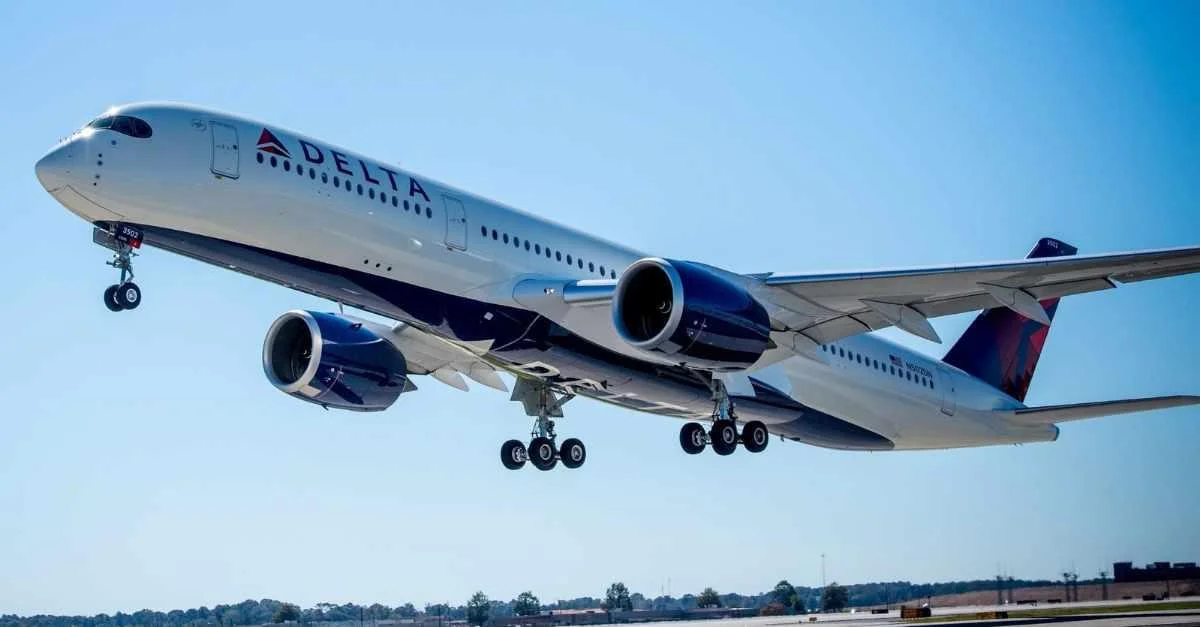Boeing's decision to build the 767 was influenced by several key factors. The aircraft, which became a cornerstone of Boeing Commercial Airplanes' lineup, was launched on July 14, 1978, and made its first flight on September 26, 1981. It entered service with United Airlines on September 8, 1982. Over the years, various models were introduced including the extended-range Boeing 767-200ER in 1984 and the stretched 767-300 in 1986. The Boeing 767-300ER debuted in 1988 followed by the freighter variant in 1995 and finally the high-capacity Boeing 767-400ER in 2000.
One major reason for developing the Boeing 767 was increasing market demand for a medium-capacity widebody aircraft. By the late '70s, airlines like United Airlines and Delta Air Lines needed a jet capable of serving transcontinental routes with more capacity than narrowbodies but with better fuel efficiency than larger widebodies.
Another factor was competition from new manufacturers. The Airbus A300 had entered service in the mid-'70s and presented significant competition to American manufacturers such as Boeing and McDonnell Douglas. "The Airbus A300 demonstrated a unified European effort to enter the commercial manufacturing scene," challenging US planemakers by offering lower fuel costs.
 Alerts Sign-up
Alerts Sign-up




















